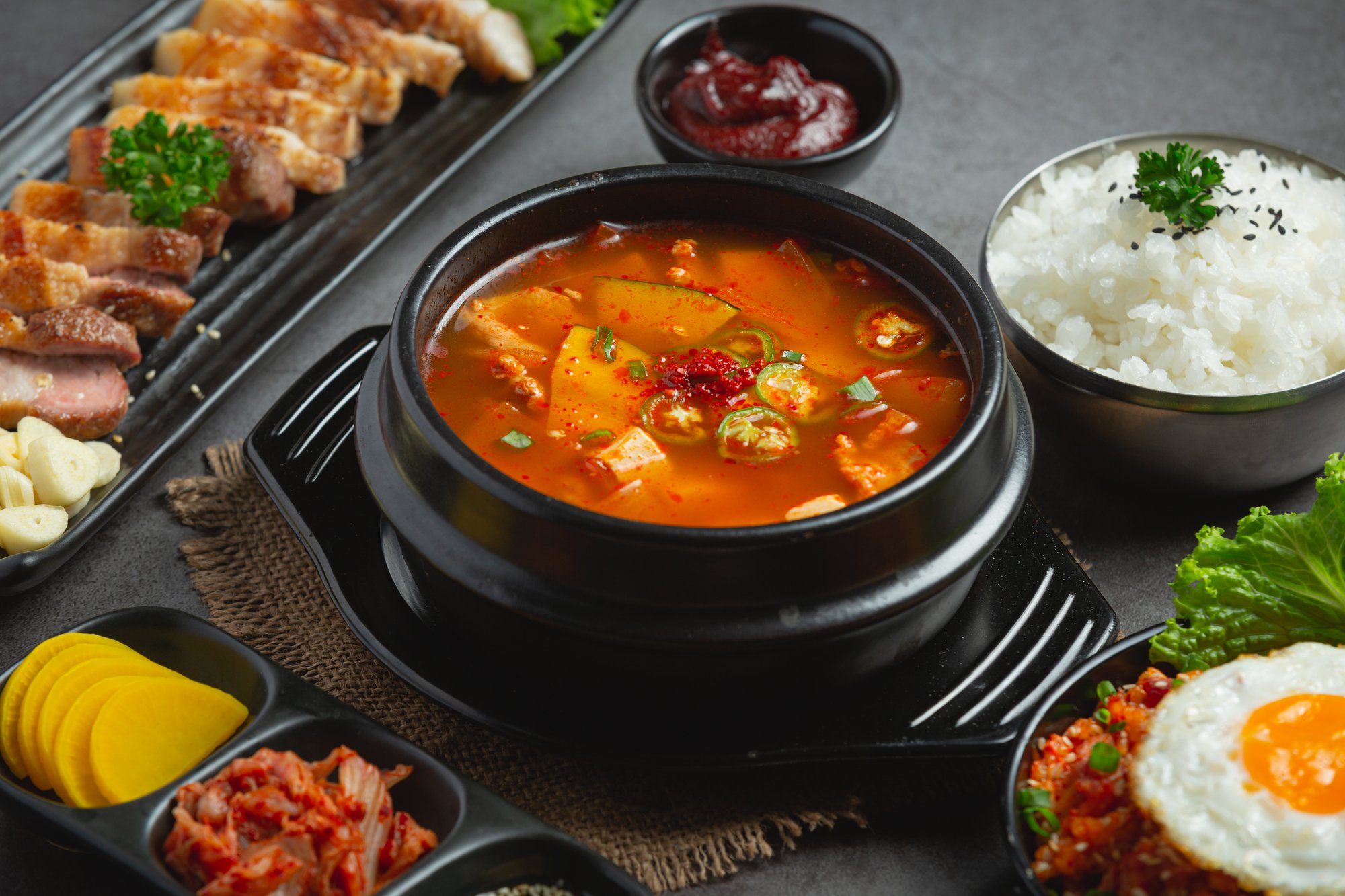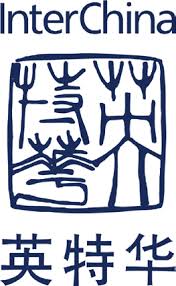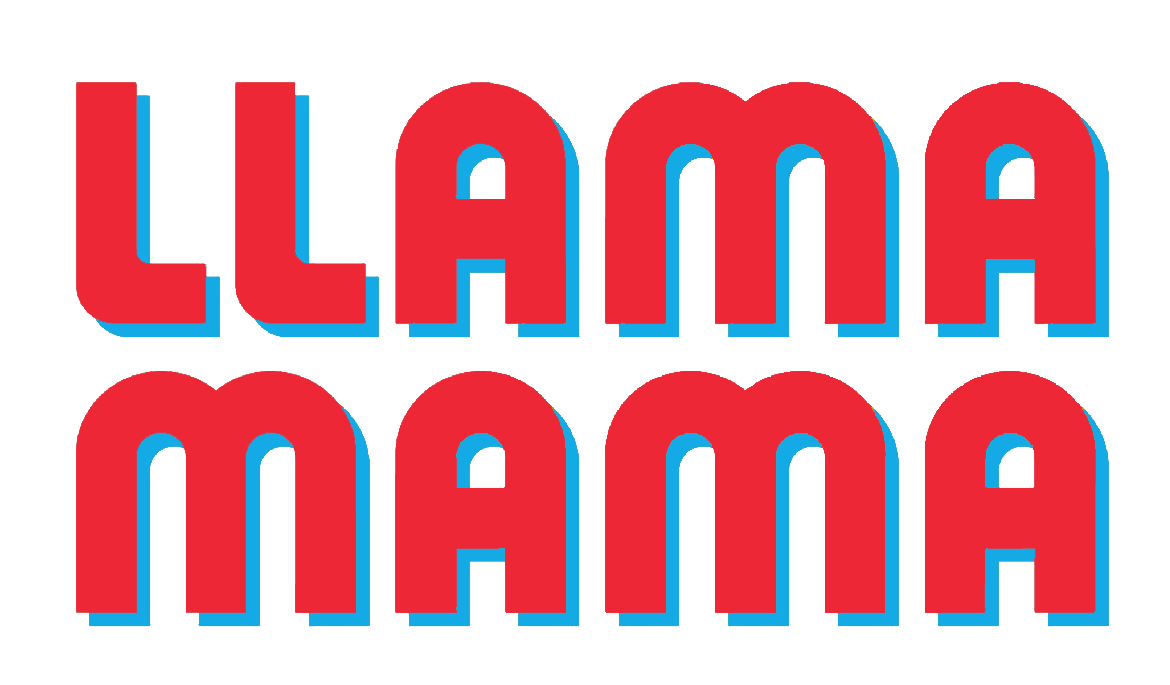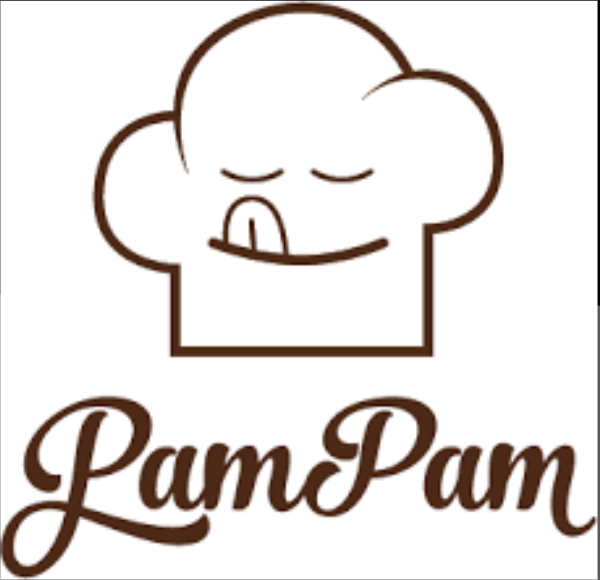The past few years have caused some big changes in marketplaces the world over. And the wine market in Japan is no exception. Trends like the rise of e-commerce and non-alcoholic drinks have seriously changed the way people buy and consume wine in Japan.
If your knowledge about the wine market in Japan is still based on last year’s information, it’s time for an update. We spoke to GourmetPro’s team of wine industry experts to give you insights into emerging trends and upcoming channels!
To give you context for these trends, we’ll begin with an overview of the wine market in Japan.
*Stay tuned for more, as we have an article on Japan’s domestic wine scene in the works too!
An Overview Of Japan’s Wine Market
First, let’s take a look at the pillars that define Japan’s wine scene.
While Japan has its own domestic vineyards and wineries, it is safe to say that imported wine is very popular. Businesses sold a total of 33 million 9-litre cases of still wine in 2020, and 27 million in 2021.
But what regions are the most popular? Since 2014 Chilean wines have continued to take the lead in cases sold. This is in no small part thanks to a free trade agreement between Chile and Japan the very same year. This made its wines more accessible and affordable, reaching a peak of almost 10 million cases (9,999,004) sold in 2017. France has been consistently close behind, followed by Italy, Spain, Australia, and the USA.
New World brands dominate the wine market in Japan. They account for 39.5% of the market in 2021 by volume, with Chile’s popularity playing a key role. But the EU-Japan Economic Partnership Agreement of February 2019 allowed Old World regions to start regaining top spots.
The largest demographic consuming these wines are the over-40s. This age group has the highest salaries and the most disposable income to spend on wine. Yet, “premium” wines and below (2,000 JPY or less per bottle) make up 75% of the wines drunk for “regular consumption”. But as we will see later, there are some changes happening regarding the consumption of the different premium tiers.
The Trends And Changes Shaping The Wine Market In Japan
Let’s move on to the recent changes and emerging trends, informed by GourmetPro’s team of wine experts.
The Consumer Tiers
Understandably, consumer trends drive a lot of the changes in the wine market in Japan. So it’s important to understand those first.
The biggest change in consumer behaviour over the past few years is the shift to a focus on quality. Consumers are willing to spend more if they get something better in return. In Japan, this happened in a very organic way. Consumers themselves started to be more curious and to try more expensive wines.
This change is happening in two main areas:
- A shift in interest from the “economy” segment (under 1,000 JPY/bottle) to the “premium” segment (1,000-2,000 JPY/bottle)
- A deepening interest in “ultra-premium” wines (over 5,000 JPY/bottle)
A small community of the highly wealthy are driving #2 by taking an interest in luxury consumables like wine and champagne. Their appetites for luxury are trending towards those last seen in Japan’s Bubble Era. Interest in the “ultra-premium” has been a major driver of growth for American still wines in particular, which saw an increase of over 40% between January and September 2022.

#1 is seeing growing interest and is directly related to how supermarkets organize their shelves to highlight these premium options. While supermarkets saw the bulk of this consumption, there has been growing interest in different channels for exploring new wines too. These include wine gatherings, memberships, and luxury services.
The Growing Role Of E-Commerce
Partly in reaction to the shift in interest towards premium and ultra-premium wines, a major development in Japan’s wine industry over the past few years has been the increase in e-commerce and D2C.
Our experts agree that the wine business was always about a 70-30 business. 70% was from retail (off-site) and 30% from food services (on-site). (Depending on the category and segment) This ratio hasn’t changed, except now it’s retail plus e-commerce.
For most brands, e-commerce used to represent about 10% of sales, and now it’s more like 15%.
For a while, Rakuten was the leading platform of the wine market in Japan. Rakuten is one of Japan’s most popular e-commerce websites. It’s popular for its marketplace setup where each seller has their own online storefront. This allows for a lot of importers, liquor shops, and specialised wine shops to dominate the space, and many products feature a selection of wines. These wines are similar to what you get at a supermarket, but with the ease of being delivered to your doorstep.
Pre-pandemic, the main wine sold on Rakuten was often at the lower end of the price range. This is starting to change and diversify as the top players try to introduce different ways of selling wine. They have realized it will be tough to make much money otherwise.
Trends In How Top Players Are Selling Wine Online In Japan
Some of the top players in the space include Kyobashi Wine, a subsidiary of Kirin, Terrada Wine, a luxury wine site, and One Wine, a Suntory Super Premium product.
Kyobashi wine is a leading e-commerce store leveraging Rakuten and Amazon to sell its premium and super-premium wines. The majority (80%) of their success is through e-commerce. But the remaining 20% comes from retail, where they act as an importer for leading supermarkets. Their wine sales focus on wine sets, without limiting themselves to their parent company’s brands, so they have a wide array of American wines.
Terrada Wine is an e-commerce site that is a part of Warehouse Terrada, a storage company for art, wines, and the like. Fittingly, Terrada Wine launched as a service for wine lovers and collectors, rather than casual consumers. It has partnered with top importers to provide its customers with ultra-premium wines, focusing mainly on fine French wines. Terrada Wine saw impressive growth during the pandemic, with sales shooting up by 500% in 2020 compared to 2019.
Alcohol Giants Are Experimenting With D2C
One Wine is a little different. It is a canned wine launched by Suntory Wine International, and was the company’s first move into the D2C space. The wines are made by a French winery and are designed to fit with everyday life by putting them into an easy-to-drink can. They originally were only available on the One Wine Direct site, but moved onto other online marketplaces like Amazon and Rakuten, and are now even available in some supermarkets.

According to our team of wine experts, Suntory moving away from D2C-only is probably an indicator that they were not able to rely wholly on their D2C channel. But the fact that the largest companies are also trying to build this kind of business will translate to experiments, failures, improvement, and possible collaborations.
In the wine industry creating occasions, often related to lifestyle, is a key strategy. For example, right now there is a huge trend in BBQ and outdoor cooking in the alcohol industry.
Emerging Categories In The Wine Market In Japan
Suntory’s canned wine brings us nicely to the topic of new categories and strategies that have emerged in the wine market in Japan, largely in response to the interest in premium wines.
The main growing wine categories in Japan right now are:
- Canned wine
- Organic wine
- Natural wine
- Non-alcoholic wine
- Orange wine
The canned wine scene was originally dominated by Barokes, but with Suntory’s entry, there are likely more on the horizon. These have been steadily increasing in convenience stores and supermarkets around the country.
Organic wine has seen continuous growth in the past few years because of an interest in SDGs (Sustainable Development Goals) and ethical consumption. Most of its growth has been in retail. Natural wine has similar drivers but sees a lot of its sales in smaller bistro-style restaurants buying from specialized importers.
Non-alcoholic wine, while still a small category, saw some growth with the stay home movement. For a portion of 2021, Japan did not allow alcoholic drinks to be served at restaurants and bars, allowing for a small boost in non-alcoholic drinks. The time at home also led to a sober-curious movement and led people to become more health conscious. The effect of this has continued, and younger generations in particular are opting more often for non-alcoholic beverages.
Finally, orange wine emerged as a new category in 2021, and has since been promoted by upscale retailers, e-commerce channels, and restaurants alike. These wines are largely associated with Georgia and Romania, and are seen as somewhat fashionable.
Emerging Tactics Being Used In The Wine Market In Japan
Sellers are not only getting innovative with their products, but also with how they sell and market those products, particularly in the ultra-premium segment.
These are a few of the most notable ways wine sellers have been approaching the affluent and high-net-worth segments:
- E-commerce and D2C
- Wine clubs
- Wine events
- Exclusive credit cards and memberships
With this highly affluent demographic in mind, e-commerce is the top channel for the ultra-premium and luxury wines, with Terrada wine, Shiawase wine club and Winestore seeing the most success.
In the D2C space, things are still getting off the ground, but subscription services like Swirl are seeing moderate success. Crowdfunding and flash sales platforms are increasingly being used to release limited editions and exclusive products.
Wine clubs and events appeal to the need for exclusivity as well as providing an engaging community. Some of these, such as The Concorde Wine Club, can cost up to 3000 USD in entrance fees alone, while others, like the Camos Tokyo wine community, cost around 60 USD per event. They serve to promote the wines above the premium tier, and further educate visitors on different wines.

As for exclusive credit card services, the major player is Luxury Card, owned by Black Card LLC. It offers various discounts and services, such as flash sales for exclusive wine sets, or free wine tickets for top hotel partners.
There have also been other commercial tactics such as NFT promotions, delivery service promotions, and a focus on SDGs in marketing.
Key Takeaways About The Wine Market In Japan
In all segments, there has been a shift towards “premiumization”. While extremely cheap wines are still the most popular, trends are shifting. Now, the average supermarket shopper is starting to look towards the 2,000 JPY wines, and the highly wealthy are taking an interest in ultra-premium and luxury wines via exclusive clubs and events.
What is most important at this point is to understand whether you are placing your product in the right segment and whether you are addressing your audience correctly. Do you seek to tackle new trends and emerging consumer behaviour to innovate and expand into new categories? Or are you better placed to expand an existing business into emerging channels?
GourmetPro’s team of wine experts are here to help you answer these questions, build a plan of action and support you through execution.
Our team of wine experts share decades of wine sales and management experience in Japan. They have deep relationships across channels, distributors and categories in local and overseas markets. Established wine and spirits brands are already unlocking new opportunities in Japan by leveraging our team's expertise.
And you can too.
Hop on a call and let’s brainstorm your next growth opportunity.


%206.png)
.svg)






.svg)



.svg)
.svg)
.svg)

.svg)

















































.png)



















































